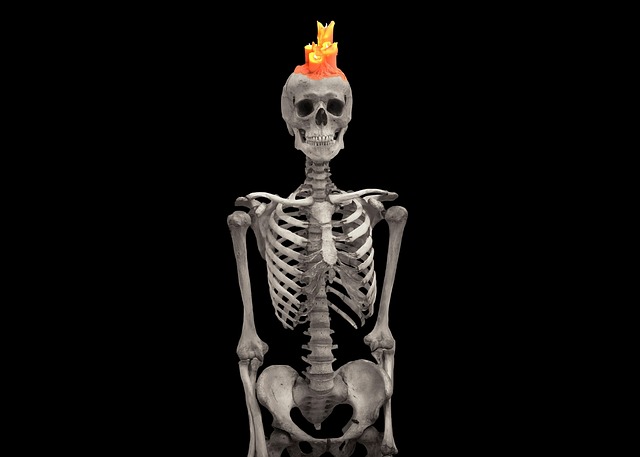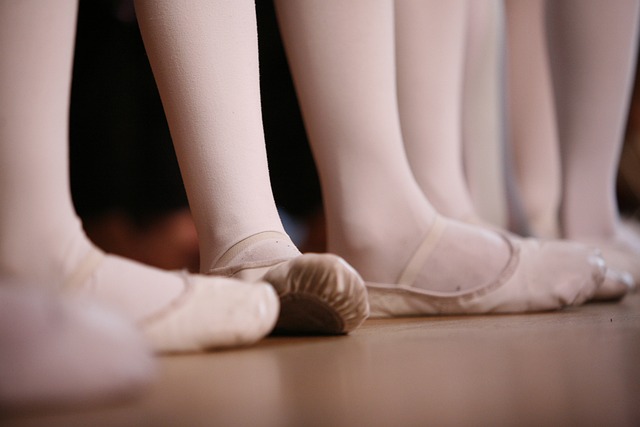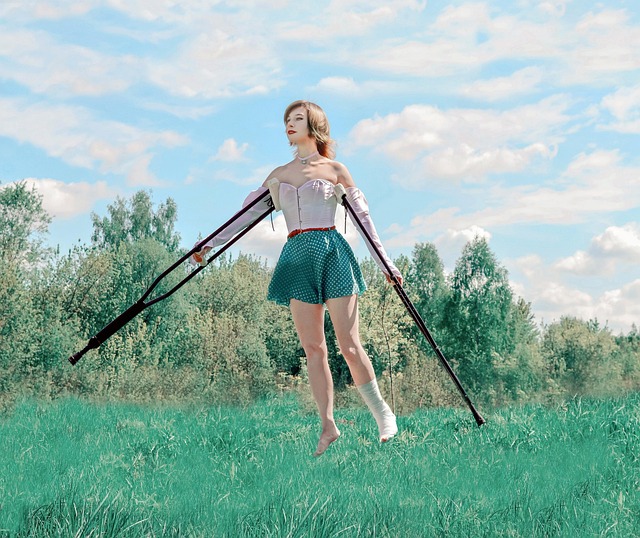
Newborns Vision
Understanding Newborn Vision
The journey of visual development begins at birth, a time when the world is a blur of shapes and shadows for a newborn. As parents and caregivers, understanding how a baby perceives their surroundings can enhance the nurturing environment that fosters their growth. This article delves into the fascinating aspects of newborn vision, outlining the stages of visual development and offering insights on how to stimulate and support this crucial sense.
The Early Days: What Can a Newborn See?
In the initial days following birth, a newborn's vision is limited. They can see approximately 8 to 10 inches away, which is just the right distance to focus on a caregiver's face during feeding. Initially, their vision is primarily monochromatic, with the ability to perceive high-contrast patterns. This is why black and white toys are often recommended for infants in the early weeks.
Development of Color Vision
By the end of the first week, a remarkable transformation begins. Newborns start to develop color vision, gradually distinguishing between different hues. However, it is not until around three months of age that they can see colors as vividly as adults do. This progression is vital, as it lays the foundation for their ability to engage with the world around them.
Binocular Vision and Depth Perception
As infants grow, their visual capabilities expand significantly. By the age of three months, they begin to use both eyes together, a skill known as binocular vision. This development is crucial for depth perception, allowing them to gauge distances and interact more effectively with their environment. Engaging in activities such as peek-a-boo or using mirrors can stimulate this aspect of vision, encouraging infants to explore their surroundings.
Encouraging Visual Development
Parents and caregivers play a pivotal role in fostering visual development. Here are some effective strategies:
- High-Contrast Toys: Introduce toys that feature bold patterns and contrasting colors to capture your baby's attention.
- Face Time: Spend time holding your baby close, allowing them to focus on your face. This not only promotes bonding but also aids in visual acuity.
- Movement: Gently move toys or objects in front of your baby to encourage tracking and visual engagement.
- Mirrors: Use mirrors to help your baby recognize their reflection, which can be both entertaining and stimulating for their visual development.
Recognizing Potential Vision Problems
While most infants develop normal vision, it is essential to be vigilant for any signs of potential eye or vision problems. Early detection is crucial, as vision issues can lead to developmental delays. Signs to watch for include:
- Inability to focus on objects or faces
- Frequent eye crossing or misalignment
- Excessive tearing or unusual eye movements
- Failure to respond to visual stimuli
If any of these signs are observed, it is advisable to consult a pediatrician or an eye specialist for further evaluation.
The Importance of Regular Eye Check-Ups
Even in the absence of apparent vision problems, regular eye check-ups are recommended. These assessments can ensure that the baby's visual development is on track and can help identify any issues before they become more significant. The American Academy of Pediatrics suggests that infants have their first eye examination at six months of age, followed by additional assessments at regular intervals as they grow.
Conclusion
The visual world of a newborn is a captivating journey of discovery and growth. By understanding the stages of visual development and actively engaging with infants through stimulating activities, caregivers can significantly enhance their baby's visual experience. This nurturing approach not only supports healthy eye development but also fosters a deeper bond between caregiver and child, enriching the early stages of life.

















 Flail Chest
Flail Chest 
 Health
Health  Fitness
Fitness  Lifestyle
Lifestyle  Tech
Tech  Travel
Travel  Food
Food  Education
Education  Parenting
Parenting  Career & Work
Career & Work  Hobbies
Hobbies  Wellness
Wellness  Beauty
Beauty  Cars
Cars  Art
Art  Science
Science  Culture
Culture  Books
Books  Music
Music  Movies
Movies  Gaming
Gaming  Sports
Sports  Nature
Nature  Home & Garden
Home & Garden  Business & Finance
Business & Finance  Relationships
Relationships  Pets
Pets  Shopping
Shopping  Mindset & Inspiration
Mindset & Inspiration  Environment
Environment  Gadgets
Gadgets  Politics
Politics 